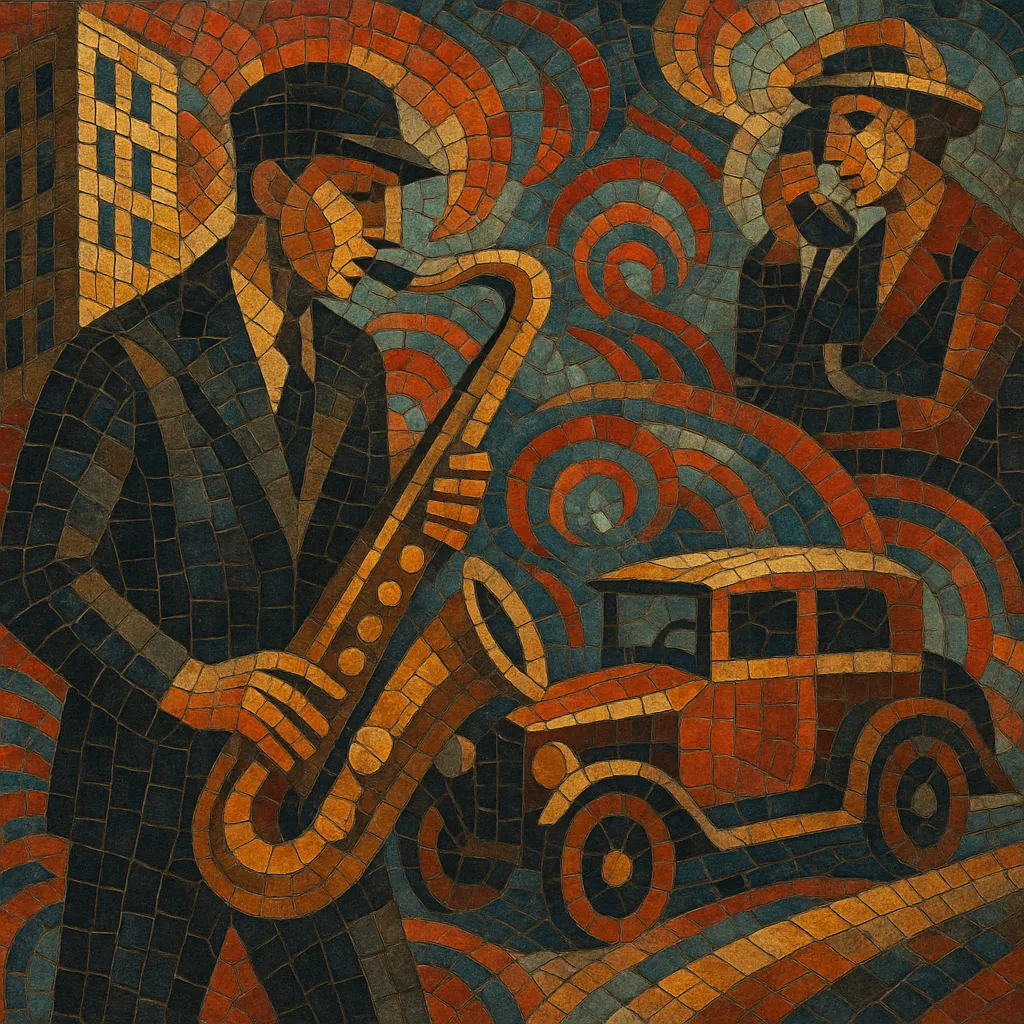Zeitoper (literally “opera of the times”) is a Weimar-era operatic current that set contemporary, urban life on the operatic stage. Emerging in late‑1920s Germany, it fused classical vocal writing with the rhythms, timbres, and topicality of the day—foxtrot and tango grooves, jazz harmonies and instrumentation, telephones, radios, cars, and news bulletins.
Typical works are fast‑paced, satirical, and montage‑like, prioritizing clarity, brevity, and immediacy. The music often blends neoclassical transparency with jazz-inflected chords and dance rhythms, while librettos target modern subjects such as mass media, celebrity culture, bureaucracy, and technology. The result is a sharp, witty, and socially observant opera designed for—and about—its contemporary audience.
Zeitoper arose in the late 1920s within the cultural climate of the Weimar Republic, aligning with the aesthetics of Neue Sachlichkeit (New Objectivity). Opera houses such as Berlin’s Kroll Opera, under modernist leadership and open to experiment, encouraged works that reflected contemporary life. Composers sought to break from late‑Romantic introspection and Expressionist extremes by using clear textures, topical plots, and the sounds of the modern city—jazz bands, dance rhythms, sirens, telephones, and radio.
The emblematic success was Ernst Krenek’s Jonny spielt auf (1927), which infused operatic writing with jazz color and addressed themes of mobility, celebrity, and cultural exchange. Paul Hindemith’s Neues vom Tage (1929) satirized mass media and social norms with brisk, neoclassical clarity and popular dance idioms. Kurt Weill’s theater pieces (e.g., Der Zar lässt sich photographieren; the larger Weill–Brecht orbit including Die Dreigroschenoper and Mahagonny) brought cabaret bite and political wit into the opera house. Other notable contributions include Max Brand’s Maschinist Hopkins (1928) and works by Ernst Toch and George Antheil, all favoring concise forms, montage, and a lean orchestral palette augmented by saxophones, drum set, and other “modern” colors.
With the rise of National Socialism in 1933, Zeitoper was condemned as "degenerate" and rapidly suppressed. Many of its composers emigrated or were silenced, and the genre’s momentum in German opera houses ended abruptly. Nevertheless, its stylistic fingerprints—satire, contemporary subject matter, hybrid orchestration, and dance‑inflected pacing—survived through émigré composers and later 20th‑century music theater.
Zeitoper’s legacy is felt in modern and postwar musical theater, including the development of politically sharp stage works and the seamless mixing of popular idioms with operatic craft. Its vision of opera as a timely medium—speaking directly to current events and urban experience—paved the way for later forms such as mid‑century musical theater, concept musicals, and, downstream, the idea of rock opera and other hybrid stage genres.
Write with clarity, speed, and topical focus. Prioritize concise scenes, swift transitions, and satirical or socially observant librettos centered on contemporary life (media, technology, bureaucracy, celebrity, urban bustle).


